What Is A Camera Gimbal ?
A camera gimbal is a device used to stabilize and control the movement of a camera. It consists of a pivoted support that allows the camera to rotate on multiple axes while maintaining stability. The gimbal uses motors and sensors to detect and counteract any unwanted movements or vibrations, resulting in smooth and steady footage. Camera gimbals are commonly used in filmmaking, videography, and photography to capture professional-looking shots, especially in situations where handheld or unstable movements are involved. They are often used in conjunction with drones, handheld stabilizers, or mounted on vehicles to achieve fluid and stabilized camera movements.
1、 Definition and Function of a Camera Gimbal
A camera gimbal is a device used to stabilize and control the movement of a camera. It consists of a pivoted support that allows the camera to rotate on multiple axes while maintaining stability. The primary function of a camera gimbal is to eliminate unwanted vibrations and movements, resulting in smooth and steady footage.
Camera gimbals are commonly used in various industries, including filmmaking, photography, and videography. They are particularly useful in situations where the camera needs to be handheld or mounted on a moving platform, such as a drone or a vehicle. By using a gimbal, filmmakers and photographers can capture professional-looking shots without the need for expensive and bulky equipment like cranes or dollies.
The latest advancements in camera gimbal technology have brought about significant improvements in stabilization and control. Modern gimbals often incorporate advanced sensors, such as gyroscopes and accelerometers, to detect and compensate for any unwanted movements. They also feature brushless motors that provide precise and smooth movements, allowing for seamless panning, tilting, and rolling shots.
Furthermore, many camera gimbals now offer additional features like follow mode, which allows the camera to automatically track a subject, and time-lapse mode, which enables the creation of captivating time-lapse videos. Some gimbals even have built-in wireless connectivity, enabling remote control and real-time monitoring of the camera's footage.
In conclusion, a camera gimbal is a versatile tool that plays a crucial role in achieving stable and professional-looking footage. With the latest advancements in technology, camera gimbals have become more accessible and user-friendly, empowering filmmakers and photographers to capture stunning visuals with ease.
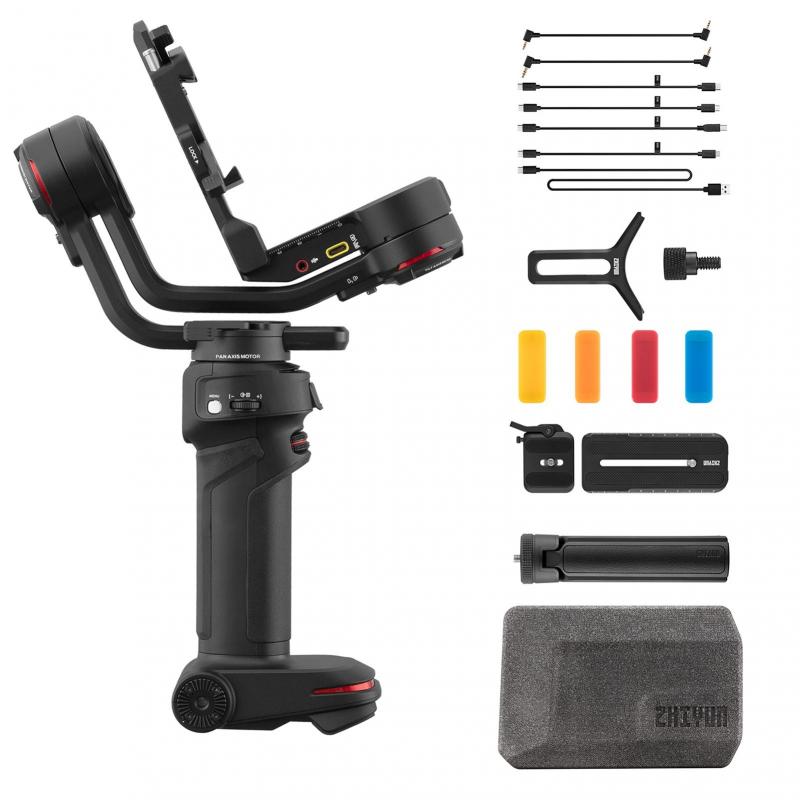
2、 Types of Camera Gimbals: Mechanical, Electrical, and Hybrid
A camera gimbal is a device used to stabilize a camera or other imaging equipment during motion. It consists of a pivoted support that allows the camera to rotate on multiple axes while maintaining stability. The primary purpose of a camera gimbal is to eliminate unwanted vibrations and movements, resulting in smooth and steady footage.
There are three main types of camera gimbals: mechanical, electrical, and hybrid. Mechanical gimbals use a system of counterweights and springs to stabilize the camera. They are simple and reliable but may require manual adjustments to achieve optimal balance.
Electrical gimbals, on the other hand, utilize motors and sensors to automatically stabilize the camera. These gimbals can be controlled remotely and offer more precise stabilization. They are commonly used in professional filmmaking and aerial photography.
Hybrid gimbals combine the best features of mechanical and electrical gimbals. They use motors for stabilization but also incorporate mechanical components for added stability. Hybrid gimbals are versatile and offer a good balance between ease of use and stability.
In recent years, camera gimbals have become increasingly popular due to advancements in technology and the rise of content creation. They are now available in various sizes and designs, catering to different types of cameras and shooting scenarios. Additionally, some gimbals now feature advanced features such as object tracking and time-lapse capabilities, further enhancing their functionality.
Overall, camera gimbals have revolutionized the way we capture video footage, providing smooth and professional-looking results. They have become an essential tool for filmmakers, vloggers, and photographers, enabling them to achieve cinematic shots and creative perspectives.
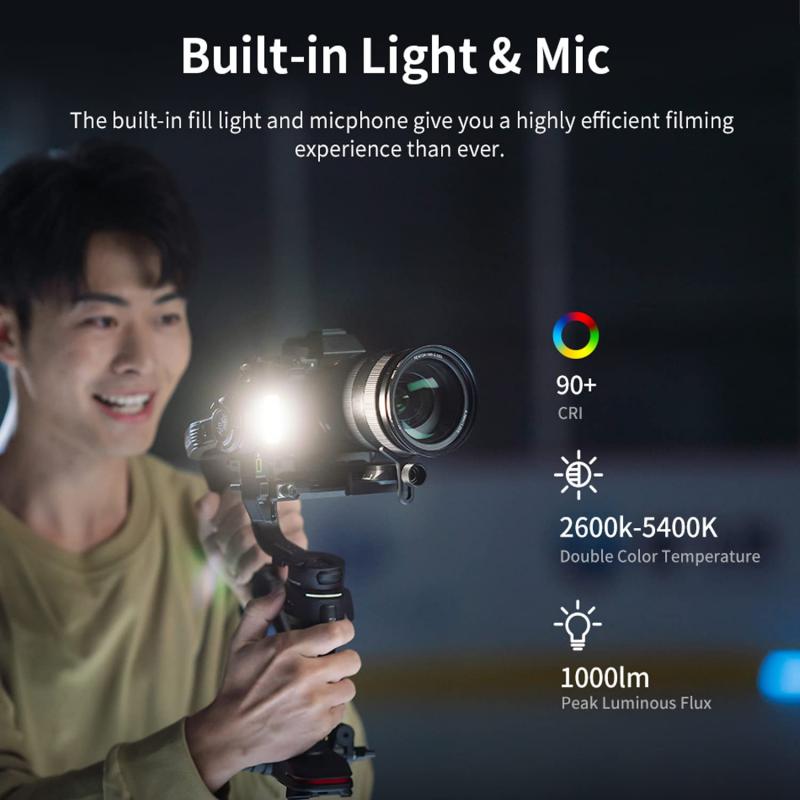
3、 Key Components of a Camera Gimbal: Motors, IMU, Control Algorithms
A camera gimbal is a device used to stabilize a camera or other imaging equipment during motion. It consists of various key components that work together to ensure smooth and steady footage, even in challenging conditions.
One of the main components of a camera gimbal is the motors. These motors are responsible for counteracting any unwanted movement or vibrations by making precise adjustments to the camera's position. They work in real-time to keep the camera level and steady, regardless of the motion or terrain.
Another important component is the Inertial Measurement Unit (IMU). The IMU consists of sensors such as accelerometers, gyroscopes, and magnetometers, which provide data on the camera's orientation and movement. This information is crucial for the control algorithms to calculate the necessary adjustments needed to maintain stability.
Control algorithms play a vital role in a camera gimbal. These algorithms interpret the data from the IMU and send commands to the motors to make the required adjustments. They continuously analyze the camera's movement and make corrections to ensure smooth footage.
In recent years, camera gimbals have seen advancements in technology. Some gimbals now incorporate additional features such as object tracking, time-lapse capabilities, and even remote control via smartphone apps. These advancements have made camera gimbals more versatile and user-friendly, allowing filmmakers and photographers to capture professional-quality footage with ease.
Overall, a camera gimbal is a sophisticated device that combines motors, an IMU, and control algorithms to stabilize a camera during motion. It is an essential tool for professionals and enthusiasts alike, enabling them to capture smooth and steady footage in various situations.
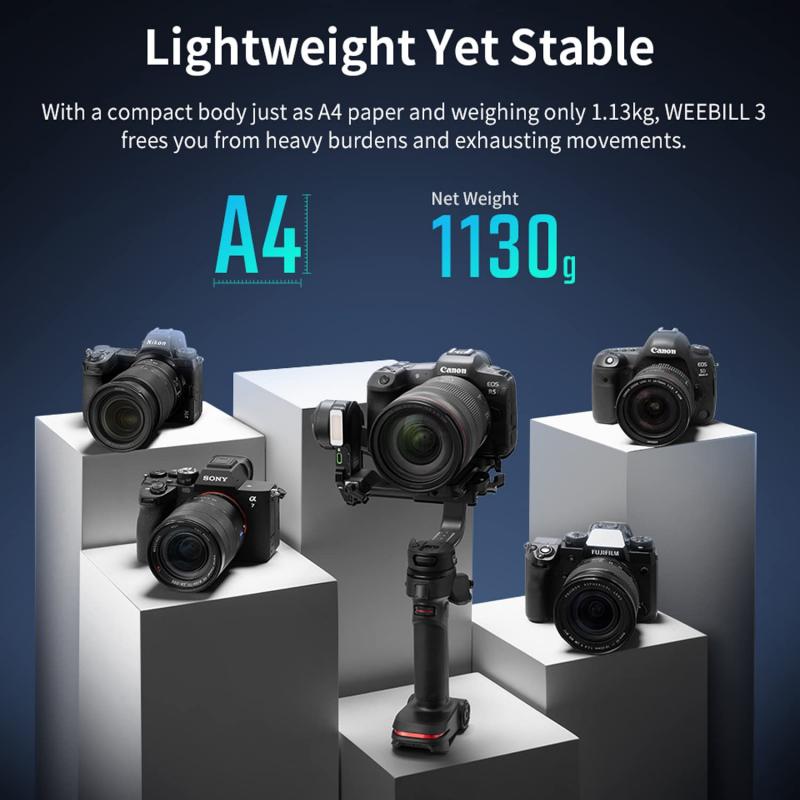
4、 Benefits of Using a Camera Gimbal for Stabilization
A camera gimbal is a device used to stabilize a camera while capturing footage or taking photos. It consists of a pivoted support that allows the camera to rotate on its axis, providing smooth and steady movements. The gimbal uses motors and sensors to counteract any unwanted vibrations or movements, ensuring that the camera remains level and steady.
The benefits of using a camera gimbal for stabilization are numerous. Firstly, it helps eliminate shaky footage, resulting in professional-looking videos and images. Whether you are shooting a documentary, a wedding, or an action-packed scene, a gimbal ensures that the footage remains smooth and stable, enhancing the overall quality.
Secondly, a camera gimbal allows for creative and dynamic shots. It enables filmmakers and photographers to capture smooth tracking shots, pans, and tilts, adding a cinematic touch to their work. The ability to move the camera smoothly and precisely opens up a world of creative possibilities, allowing for more engaging and visually appealing content.
Furthermore, using a camera gimbal reduces the need for post-production stabilization. Traditionally, stabilizing footage required time-consuming and often imperfect editing techniques. With a gimbal, the footage is already stabilized during the shooting process, saving time and effort in post-production.
In recent years, camera gimbals have become more compact, lightweight, and affordable, making them accessible to a wider range of users. Additionally, advancements in technology have led to the development of smartphone gimbals, allowing even smartphone users to achieve professional-level stabilization.
In conclusion, a camera gimbal is a valuable tool for achieving smooth and stable footage. Its benefits include eliminating shaky footage, enabling creative shots, reducing post-production work, and becoming more accessible to a wider range of users. As technology continues to advance, camera gimbals are likely to become even more versatile and user-friendly, further enhancing the quality of visual content.



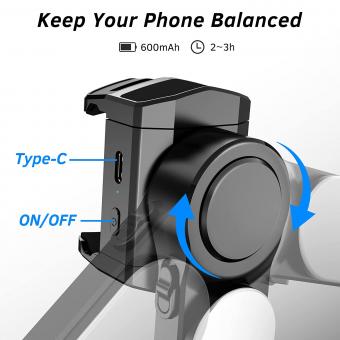


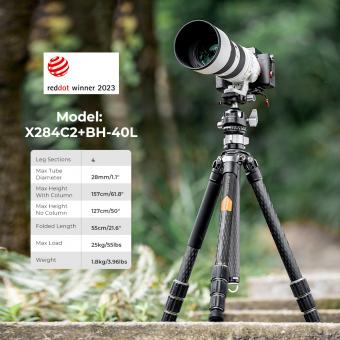
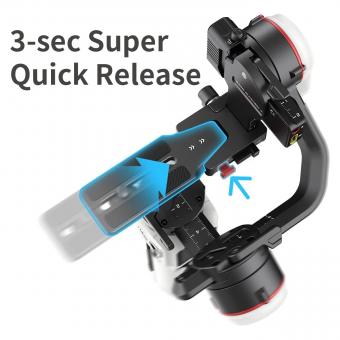




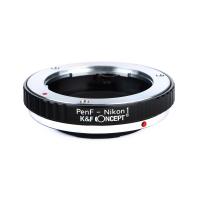

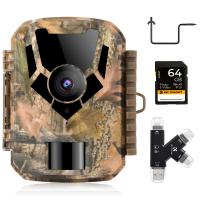
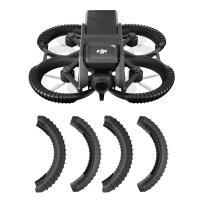
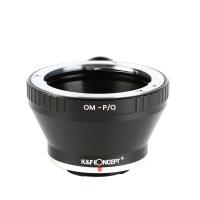







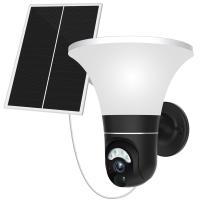



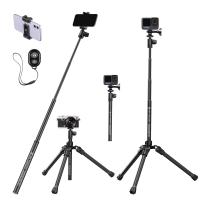

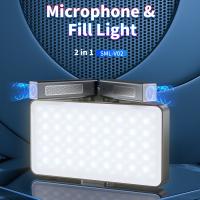
There are no comments for this blog.